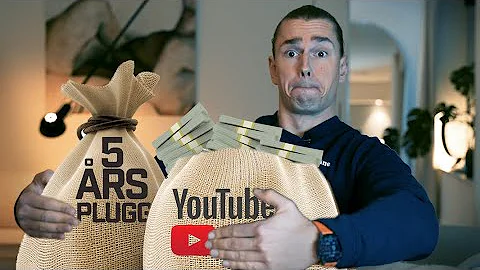How do you get the Troxler effect?
Innehållsförteckning
- How do you get the Troxler effect?
- How long does the Troxler effect take?
- What effect is named after Ignaz Paul Vital Troxler?
- What is the Troxler effect mirror?
- Who created the Poggendorff illusion?
- What is peripheral fading?
- What happens if you stare into a mirror in the dark?
- How does the lilac chaser illusion work?
- What happens if u look in a mirror in a dream?
- What's more accurate a picture or mirror?

How do you get the Troxler effect?
The Troxler effect is enhanced if the stimulus is small, is of low contrast (or "equiluminant"), or is blurred. The effect is enhanced the further the stimulus is away from the fixation point.
How long does the Troxler effect take?
One of the latest illusions to trick our eyes (and mind) is this blurry combination of pastel hues. At first glance, you might think this pixelated blur is due to a poor internet connection, but bare with it: if you stare at it for 10 to 20 seconds, the entire image will fade away until it completely disappears.
What effect is named after Ignaz Paul Vital Troxler?
The Troxler Effect is named after Swiss physician and philosopher Ignaz Paul Vital Troxler (1780-1866). In 1804, Troxler made the discovery that rigidly fixating one's gaze on some element in the visual field can cause surrounding stationary images to seem to slowly disappear or fade.
What is the Troxler effect mirror?
The Troxler effect or spectral apparitions? First and foremost, this visual illusion seems to appear due to the fact that the eyes are forced to fixate on a single point. In this respect, the faces in the mirror illusion could be compared to an optical illusion called “Troxler's fading” or the “Troxler effect.”
Who created the Poggendorff illusion?
The illusion that the two ends of a straight line segment passing behind an obscuring rectangle are offset when, in fact, they are aligned. The Poggendorff illusion was discovered in 1860 by physicist and scholar J. C. Poggendorff, editor of Annalen der Physik und Chemie, after receiving a letter from astronomer F.
What is peripheral fading?
If those peripheral details are blurry or low-contrast to begin with (like the washed-out pastels in the image above), they fade even faster. This happens, later scientists suggested, because the human brain is so good at adapting to new stimuli.
What happens if you stare into a mirror in the dark?
In normal observers, gazing at one's own face in the mirror for a few minutes, at a low illumination level, produces the apparition of strange faces. Observers see distortions of their own faces, but they often see hallucinations like monsters, archetypical faces, faces of relatives and deceased, and animals.
How does the lilac chaser illusion work?
In the lilac chaser illusion, the viewer sees a series of lilac-colored blurry dots arranged in a circle around a focal point. ... With longer observation, the lilac discs will disappear altogether and the viewer will only see the green disc moving around in a circle.
What happens if u look in a mirror in a dream?
Seeing yourself in the mirror implies that you are in need of a bit of self-reflection. Perhaps there is something happening to you, or something going on that you don't quite understand. This meaning changes if you like your reflection in your dream.
What's more accurate a picture or mirror?
Mirrors produce more accurate images than photos. This difference is because a mirror merely reflects the object and reverses it from left to right to create an image without any quality alteration.















